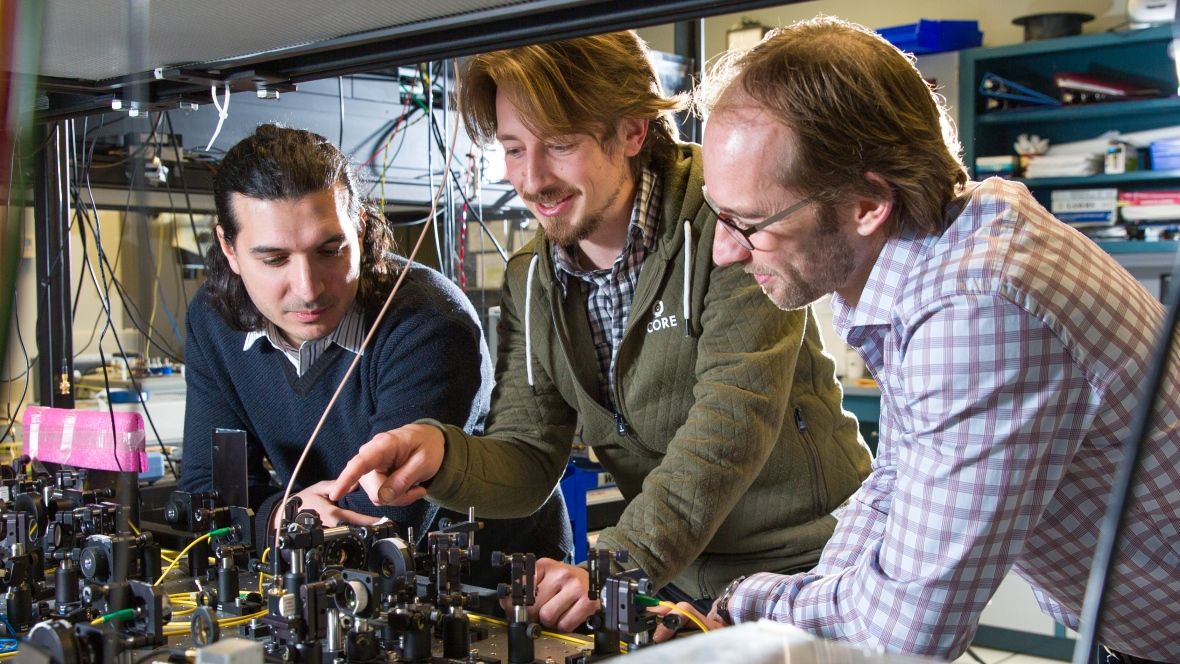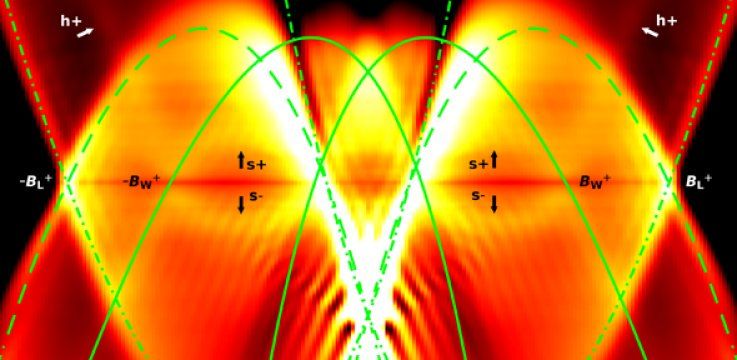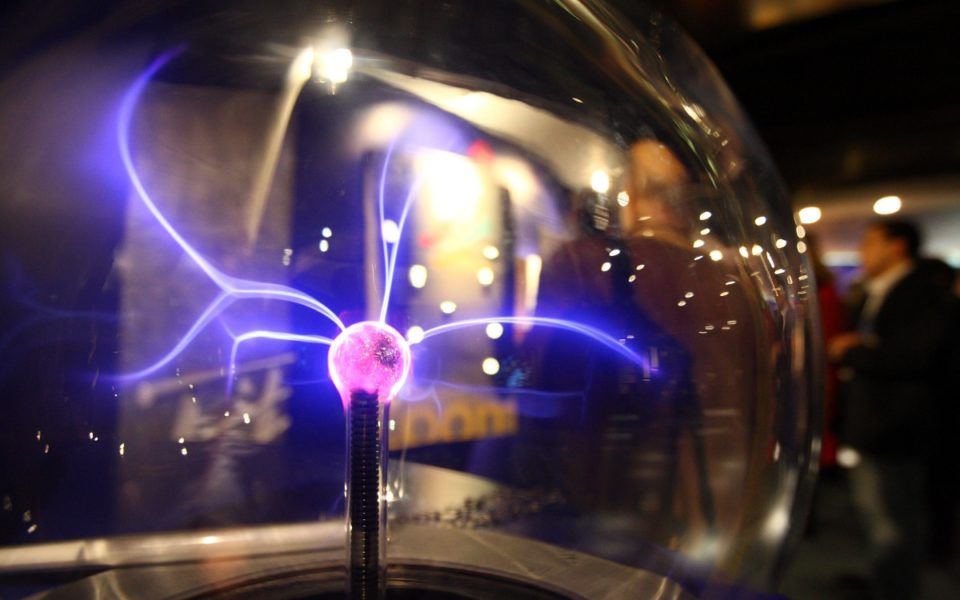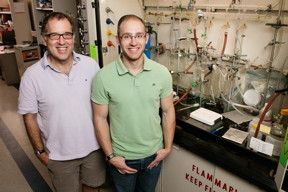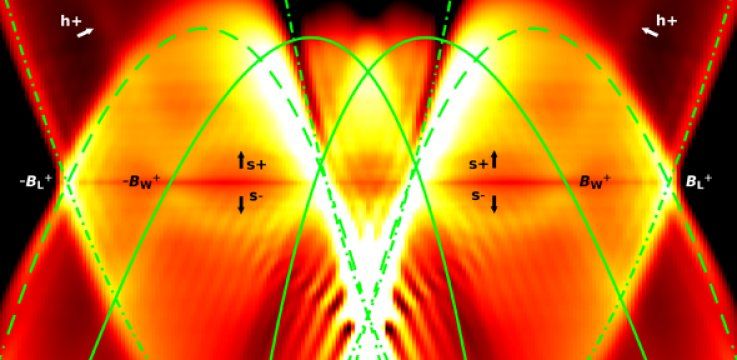Sep 20, 2016
Physicists Made a ‘Black Hole’ in a Lab That May Finally Prove Hawking Radiation Exists
Posted by Elmar Arunov in categories: cosmology, information science, particle physics
Scientists may have found signs that phonons, the very small packets of energy that make up sound waves, were leaking out of sonic black holes, just as Hawking’s equations predicted.
Some 42 years ago, renowned theoretical physicist Stephen Hawking proposed that not everything that comes in contact with a black hole succumbs to its unfathomable nothingness. Tiny particles of light (photons) are sometimes ejected back out, robbing the black hole of an infinitesimal amount of energy, and this gradual loss of mass over time means every black hole eventually evaporates out of existence.

